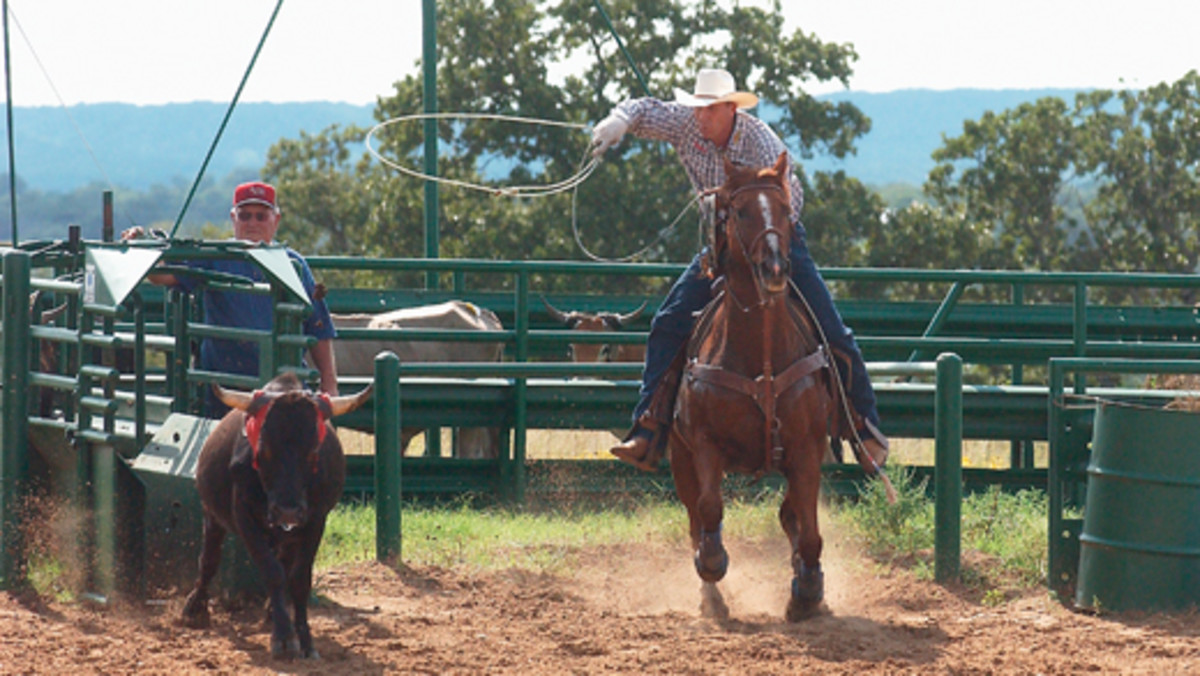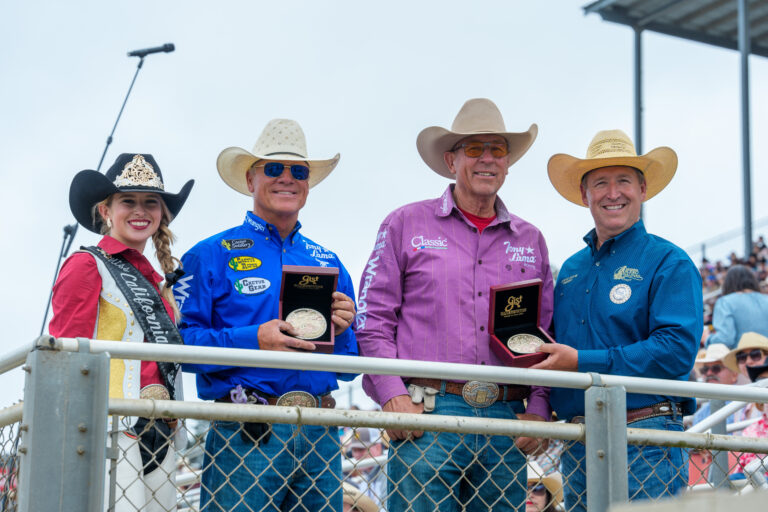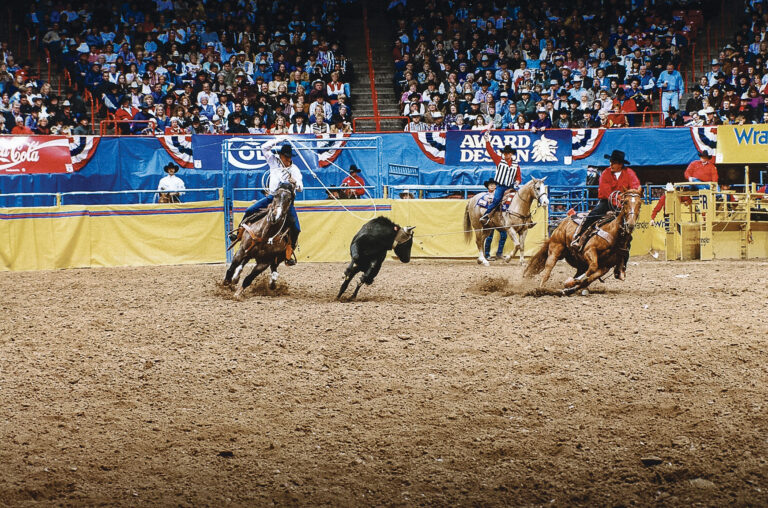There are 52 weeks in a year, and all the different arenas and setups we face are intermingled. The advantage us veterans have over the new guys is that we’ve been everywhere and know what the conditions are and what to prepare for. Every day we practice we work on the different styles of roping to fit the next place we’re going, whether it’s a one-head rodeo, the NFR or the BFI.

The conditions, steers you rope and horse you ride have a lot to do with how you practice. Before the NFR, several guys modify their arenas to the same dimensions as the Finals and try to get the same type of cattle so they can simulate the runs they’ll make at the NFR. At that time of year, you want to tighten things up and prepare to be 4 every run.

Before the NFR or other short-score setups like the George Strait (Team Roping Classic), you’re going to practice roping fast. You don’t want to make all those fast runs on your good horse, so you’ll be riding several practice horses to make those runs. The same principle applies if you’re a lower-numbered roper wanting to sharpen up your go-round runs.

Your practice horses are crucial, because it doesn’t do you a whole lot of good if you aren’t practicing on a horse that allows you good, quality practice. Be careful of practicing on a young horse, unless you’re into horse training, or you’ll be sacrificing your roping practice. Your practice horse needs to score, and not get hot in the box. You don’t want to spend a lot of your practice time fighting your horse. You might need to have a few practice horses to get all the runs you’ll need to make.

There are several styles of roping. Another type of roping you prepare for are events like the BFI or Salinas, where you have harder running steers and longer scores. You’re going to need to really practice your scoring before those events, because the start is so critical. And you’re going to have to be mounted. You can’t get by at those kinds of events on a lesser horse.

It’s so important to simulate the type of practice for the upcoming weekend, including the cattle. The steers at the NFR tend to be a little bigger and fresher, so that’s what we want to rope before we go there. The BFI steers tend to be fresher and stronger, so that’s what we rope before going there.

Your strategy going into the different events is also going to vary. At the BFI, USTRC Finals, Salinas and the Wildfire Open to the World, I have a tendency to rope defensively and try not to make mistakes. I rope each steer for what he is and let the cards fall where they may.

At the NFR, George Strait and other shorter scores, you have to make things happen. You can’t be conservative, because that won’t win anything. There isn’t time for that. It all goes back to the practice pen. You have to be able to execute there, and work on each style and each horse before you ever get to the event. It’s like building a sand castle. It takes a lot of steps.

By the end of a day of competition I’m physically and mentally exhausted from watching the cattle and forming my strategy. I work on my preparation all week long and up to the minute I rope. You have to be flexible, and tailor your strategy to how the steers are running, whether or not it’s muddy, etc… You have to stay focused and intense. You can’t ever just sit back and relax in this game.

I used to rope until all my horses gave out, I ran out of daylight or the steers gave up. I have more wisdom now, and think my fundamentals are good enough that I can concentrate on quality and not quantity in the practice pen. Roping too many steers on a horse all day long is the perfect way to blow one up. Work hard, but head to the house before you start to backslide because you or your horse have had too much.

When you’re learning to rope and really trying to improve, there’s something to be said for repetition. But to rope all day takes a lot of horses and a lot of steers. If you don’t have all those horses and steers you can always fall back on the dummy. If you’re addicted to roping, you can’t get enough. I know-I’ve been there. But you can’t hurt a dummy.

I feel my roping is as good or better than it’s been my whole career, because I have one of those superstar horses who fits every situation and gives me a chance to win everywhere I go. I spend a lot of my time during the week taking care of him. I rarely practice on him, and when I do I don’t turn steers on him. I just rope steers and follow them out, to get him to sprint. I don’t even dally. I score a lot on him, too. That’s where practice horses come in, and they don’t get as much respect as they deserve. They’re the unsung heroes of roping. They don’t get any spotlight, but they’re an important factor in this sport.










